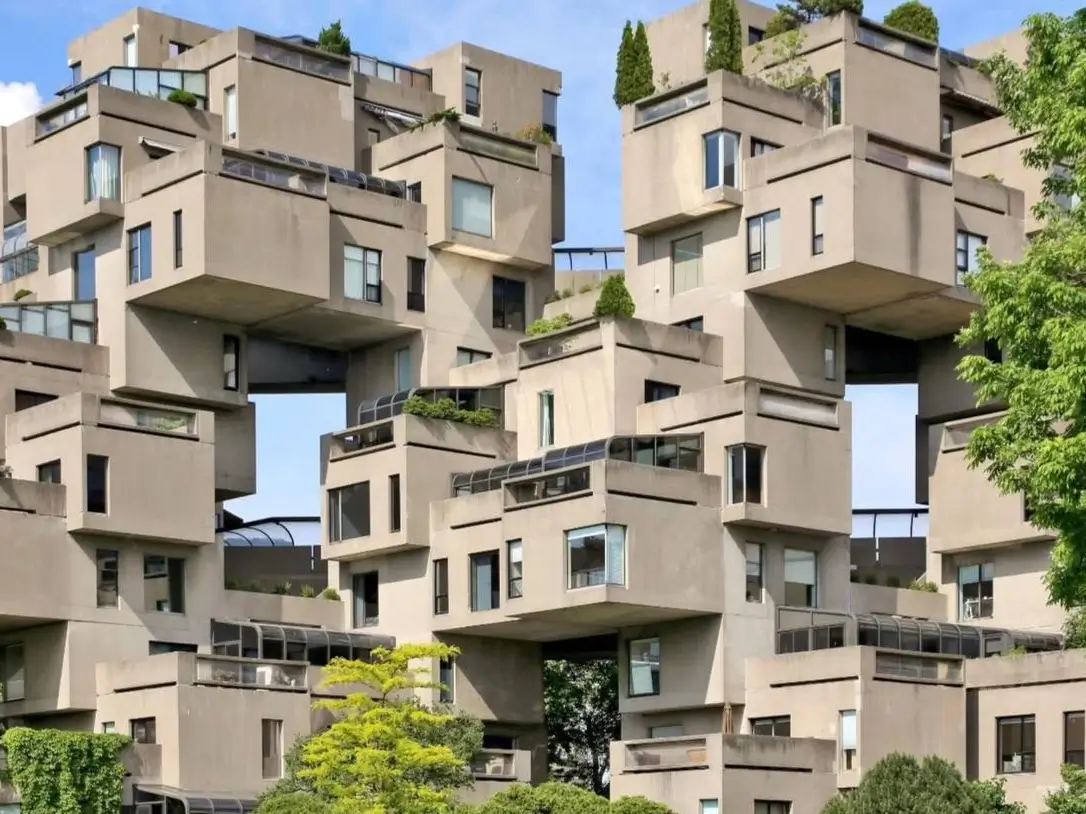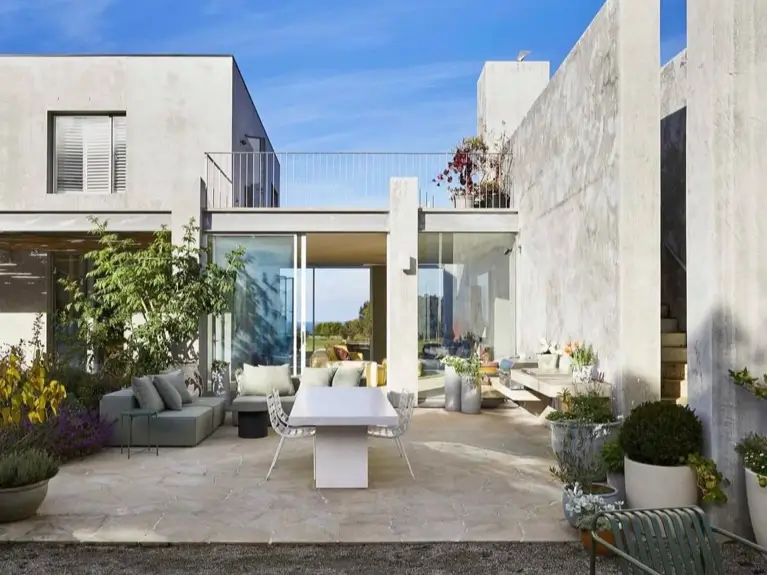Commanding attention with raw concrete and powerful graphic forms, Brutalist architecture design is an aesthetic of unapologetic strength. It shapes our cityscapes with a bold presence that is impossible to ignore, leaving a lasting and dramatic impression.
This compelling style is celebrated for its profound structural honesty. Born from mid-century functionalism, it showcases materials and the construction process with a unique integrity, rejecting ornamentation in favor of authentic, sculptural form.
While its assertive nature often sparks lively debate, Brutalism is experiencing a modern renaissance. Its core principles—exposed concrete, monolithic shapes, and functional honesty—are now inspiring a new wave of minimalist interiors celebrated for their dramatic, textured impact.
Understanding Brutalist Origins
Brutalist architecture emerged in the mid-20th century from the need for functional, low-cost postwar reconstruction, becoming a prominent choice for public institutions and social housing projects.
Its name is derived from the French term béton brut, or “raw concrete,” a material championed by the pioneering architect Brutalism is known for. The vision of architects like Le Corbusier, Paul Rudolph, and Marcel Breuer defined the movement’s powerful aesthetic, establishing it among the most stunning architectural ideas of the 20th century.
Defining Brutalist Characteristics
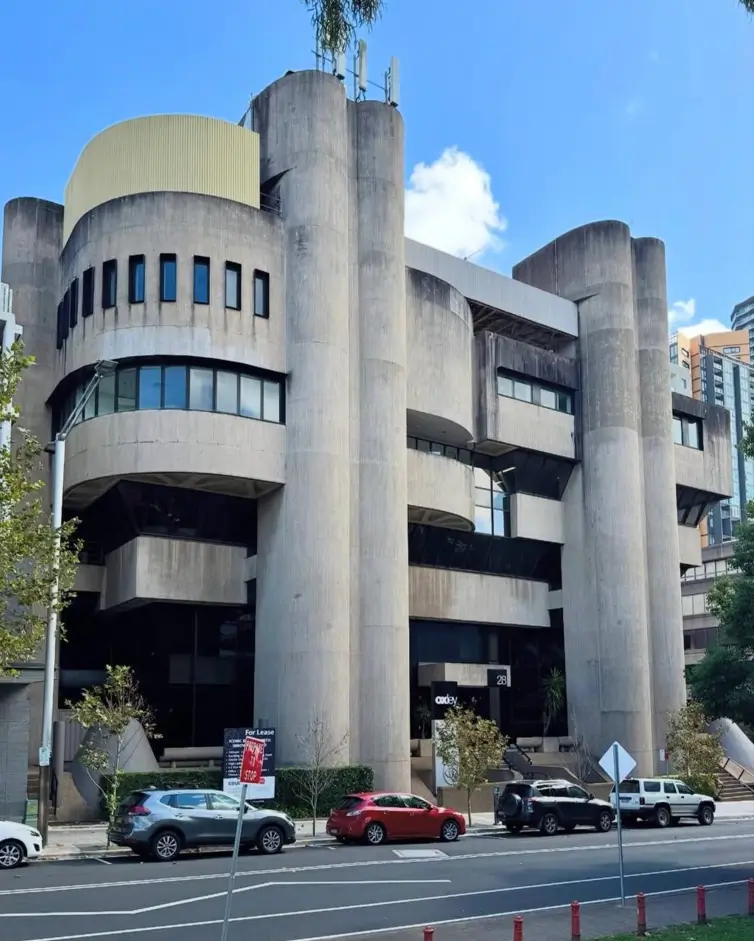
The most essential Brutalist architecture characteristics are its material honesty and celebration of structure. This style is not about concealing what a building is made of; it is about showcasing it with confidence.
Key visual elements always include:
- Exposed Concrete: Unfinished, textured, and raw concrete surfaces are the undisputed star, often revealing the wooden grain from the formwork used during construction.
- Monolithic Forms: Buildings feature massive, block-like, and powerfully sculptural shapes.
- Geometric Patterns: Repetitive, modular elements and window patterns create a striking visual rhythm.
- Exposed Utilities: The building’s functional skeleton is often integrated into the exterior design.
Recognizing Iconic Examples
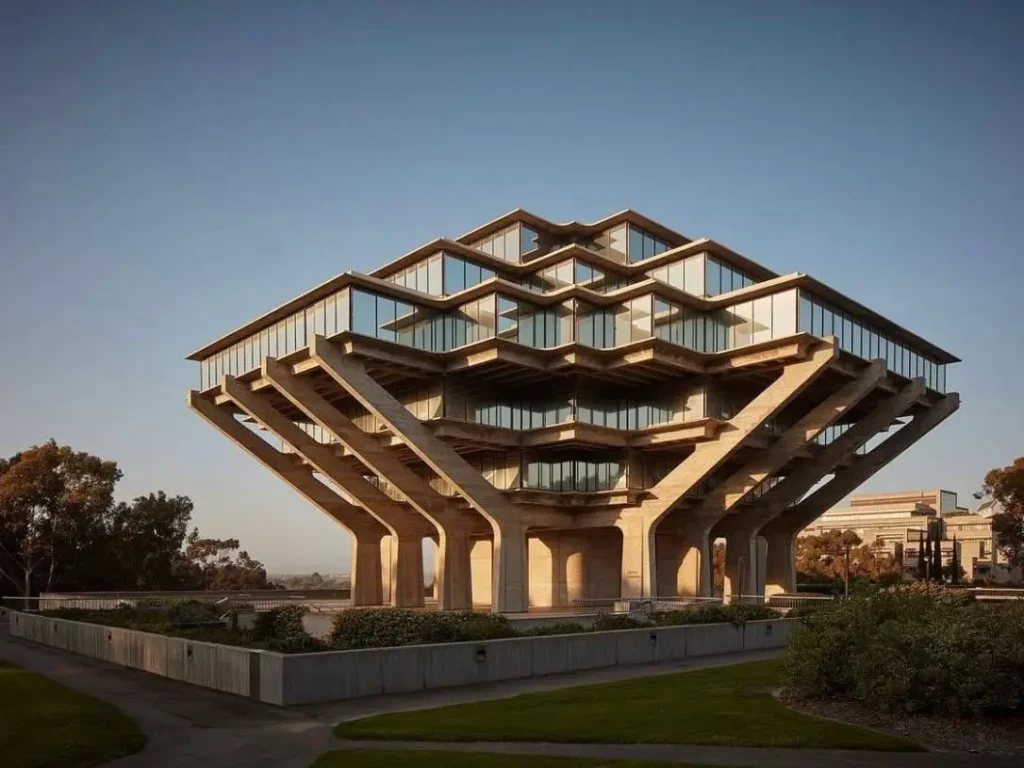
From civic centers to unforgettable university libraries like The Geisel Library in San Diego, Brutalist landmarks make an indelible statement across the globe. These structures showcase the dramatic beauty and sheer force of the Brutalist architecture design style, proving that concrete can be both functional and breathtakingly sculptural.
Bringing Brutalism Home
To introduce the Brutalist look indoors is to add a bold, contemporary edge to your space, and you can find stunning inspiration in these ideas for a Brutalist house. It’s a design language built on texture and form. Consider a statement accent wall with a micro-cement finish for a seamless, textured effect, or choose polished concrete floors for a sleek, industrial foundation.
Brutalist Interior Design & Furnishings
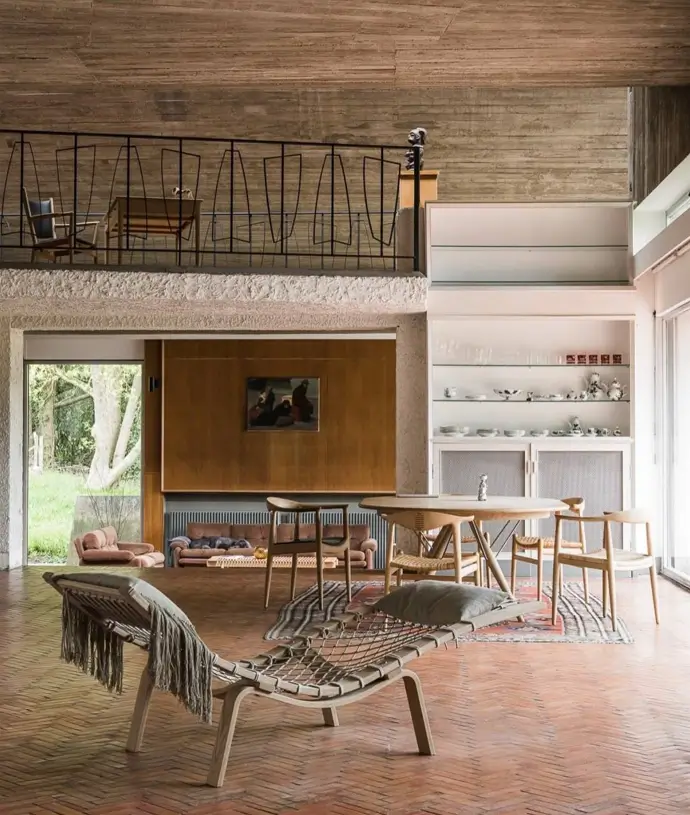
To complement a Brutalist-inspired interior, select minimalist furnishings with clean lines and organic textures, a principle that translates beautifully to modern open kitchen designs. Materials like warm woods, soft leather, and natural linen create a beautiful contrast against the cool concrete, producing a space that feels both refined and thoughtfully grounded.
Look for statement pieces that echo the architectural style, often referred to as brutalist furniture, which feature strong lines and substantial, honest materials.
Balancing Hard and Soft Elements
The key to a successful Brutalist interior is balance. Soften the hard edges of concrete with plush area rugs, sheer curtains that diffuse light, and generous indoor plants—a strategy also used in many small cozy bedroom ideas. Ambient, layered lighting is also crucial to create warmth and prevent the space from feeling cold or stark.
The Enduring Modern Revival
Once overlooked, Brutalist architecture design is now seeing a significant brutalist revival. A new generation appreciates its honest expression, sustainable potential, and dramatic visual impact. Many iconic structures are now protected architectural landmarks, celebrated for their unique history and influence on contemporary minimalism, an aesthetic that also informs Modern Scandinavian house exteriors.
The momentum of this revival is seen in ongoing restorations of major Brutalist landmarks and in the portfolios of leading contemporary architects who are reinterpreting its principles for a new era.
Frequently Asked Questions
What is the difference between Brutalism and modernism?
While both prioritize function, Brutalism is a distinct aesthetic within the broader modernist movement, with a different philosophy of materials and form than styles like the Modern Craftsman house. The key difference lies in the defining Brutalist architecture characteristics: a focus on raw concrete, massive forms, and exposed construction, whereas modernism uses a wider variety of materials and often has a lighter feel.
Why is Brutalist architecture so controversial?
Its imposing scale and raw, unfinished surfaces can feel stark or unwelcoming to some. However, its admirers celebrate the style for its bold honesty and sculptural beauty, viewing its rejection of unnecessary decoration as a pure form of architectural expression.
Are Brutalist buildings energy efficient?
While the original production of concrete had a high embodied energy cost, the sheer durability of these structures offers long-term sustainability. Today, many Brutalist buildings are being retrofitted with modern insulation and energy-efficient systems, transforming them into high-performing assets that preserve architectural history.
The Brutalist Appeal
Ultimately, the appeal of Brutalism lies in its confidence. It is a style that celebrates strength, finds beauty in honesty, and makes a powerful, unforgettable statement, sharing a similar allure with modern black house design. Its revival reminds us that thoughtful, functional design never truly goes out of fashion. Where will you find inspiration in its bold honesty?
Last Updated: October 16, 2025 6:06 PM

